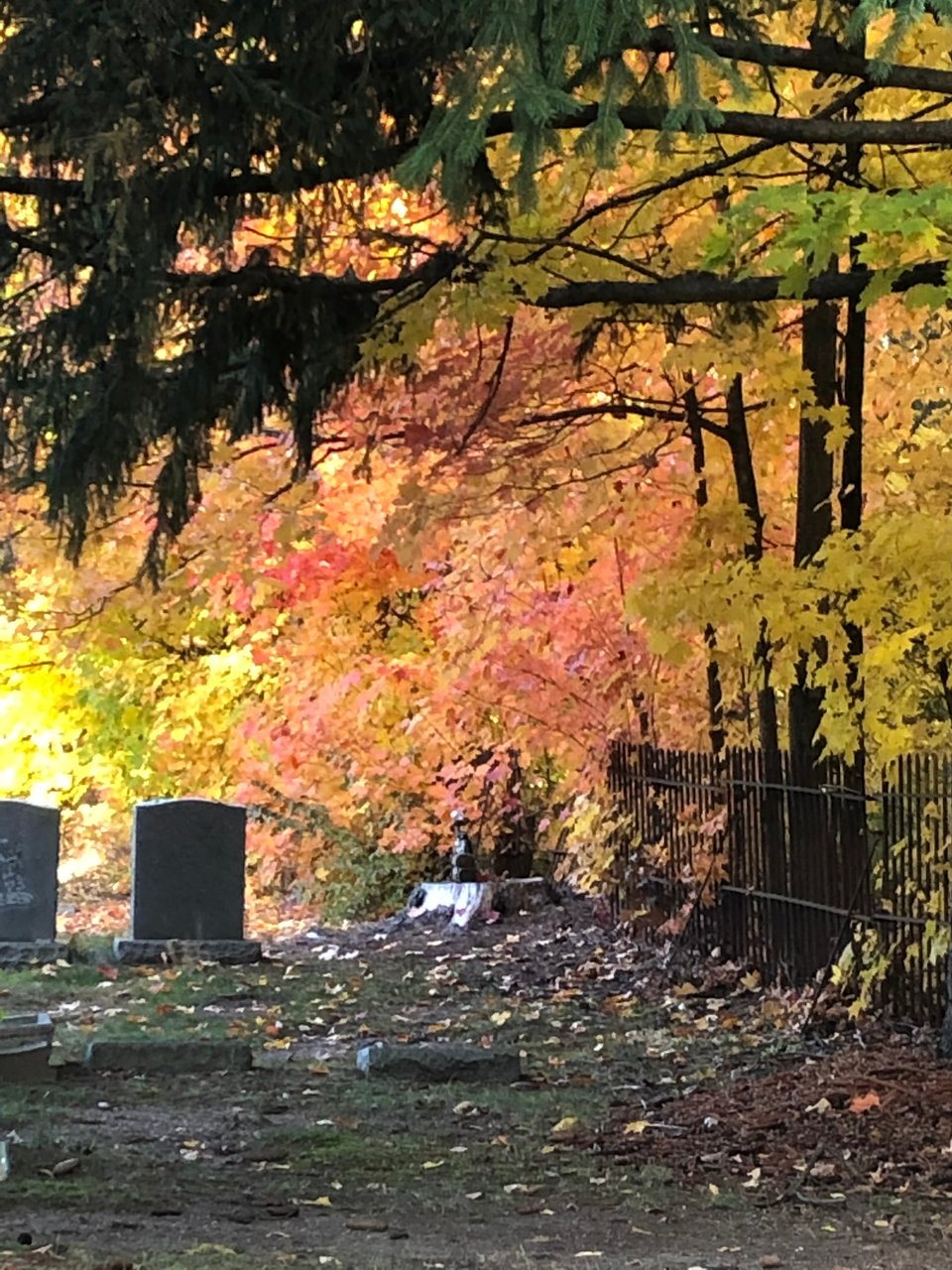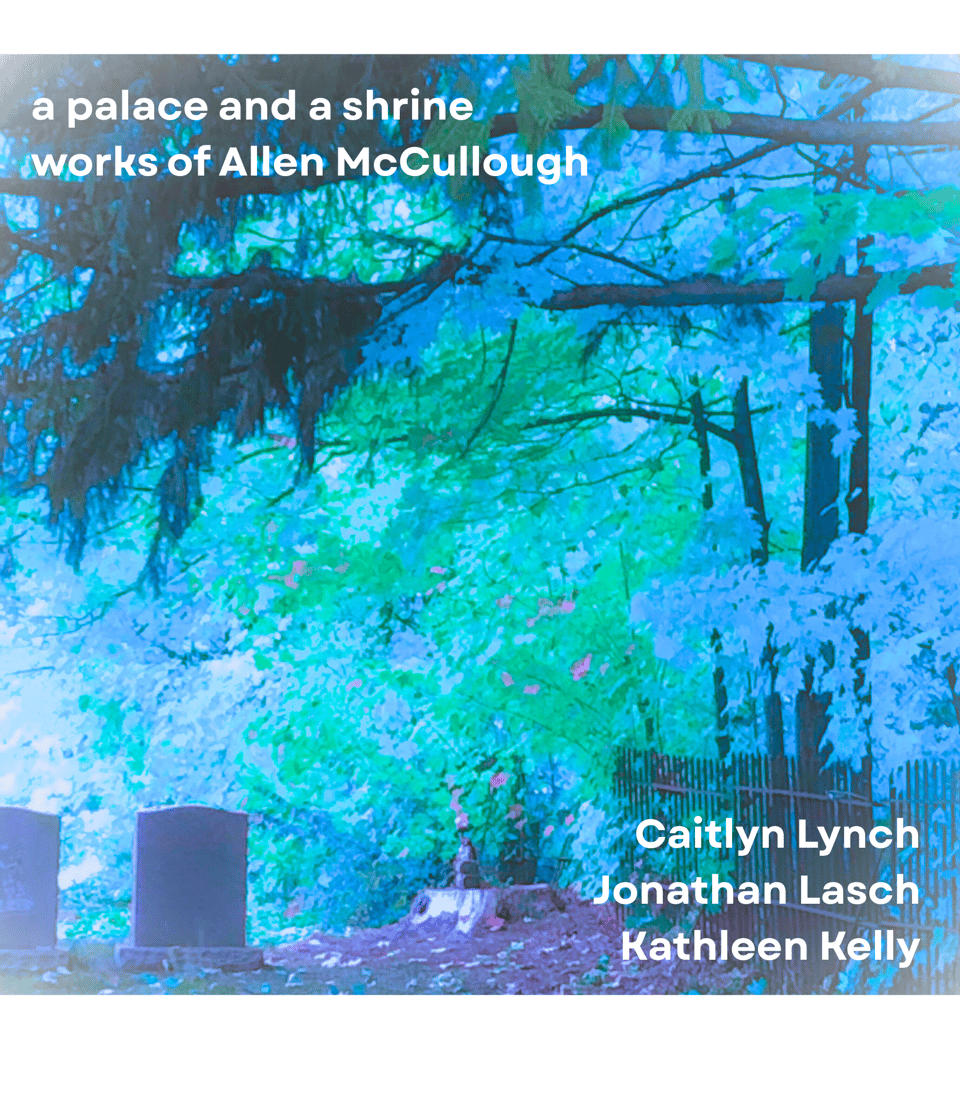as if
ceci n’est pas un pic
Musician update: we are almost ready to release our album! After countless hours of work and days of recording last September, the tracks are mastered and gorgeous and we are ready to show everyone what we’ve made.
As we’re getting it all together, here’s a lil side story, smaller than the project, big as the water we are swimming in.
Recordings: they do not happen quickly. First, Allen wrote the music, drawing on deeply personal experiences filtered through his inspiration and skill. Caitlin and John and I learned his songs, requiring months of practice followed by rehearsal and preliminary performances before the sessions in Michigan. David recorded us, and Chris mastered David’s tracks. So many months of effort and expertise and creativity went into this project. I’m proud of us.
In the final stages, we realized we’d failed to consider album art. None of us had expertise in that area, and we didn’t have strong idea of what the art should look like. So I started messing around in Canva one day - I’ve made a fair number of recital posters and event flyers on that site, enough to know I enjoy experimenting. I wondered if I could hit on something that would resonate with the team and give us a direction to pursue with a real artist.
Since all of the music we recorded has to do with the transition from life to death, I started with this image:

I took this photograph a few years ago at a small Michigan cemetery on a chilly autumn morning. My mother- and father-in-law rest here, close to where they raised my husband and his siblings, far away from where any of us live now. The image is generically lovely, but reverberant to me of a specific era and place. Because one of Allen’s pieces is called the Blue Symphony, I decided - stay with me here - to add blue (!) to the image:

Groundbreaking. I’m basically Picasso. In all seriousness, I thought it was pretty, and it felt good to share it and get the approbation of my friends.
It made me feel…creative?
Sort of?
You can’t call what I did to that image “art”. Better to call it “shopping”. I uploaded the image to Canva, then experimented with tint and saturation. I kept looking until I found what I liked - so, shopping. Which has its creative aspect! A shopper has an eye, an ear, an opinion - these can develop into recognizable skills. Casual curators are creative when they choose art to hang in the hallway, pick out the furniture, rugs, and paint colors, make a playlist, compile an anthology. When I clicked through Canva options for my photo, engaging my imagination and choice, it did feel kinda creative.
I need to hang on to this feeling.
As ever greater numbers of us play with tools that write words and music for us, it’s a mistake to deny the creative aspect of the curation, or disrespect anyone’s pleased response to the outcome of their choices. But art isn’t just content. Creation is more than shopping. And it’s getting harder to ignore the cost of those clicks.

Husband and I are in Michigan for a family wedding, so we made our regular stop at the Detroit Institute of Arts to see the Industry Murals. The Mexican painter Diego Rivera created these frescoes in 1932, covering the grand hall’s four walls with 27 panels depicting the auto industry in a quasi-religious format. He spent months researching the systems and workers at Ford’s River Rouge auto plant, and the murals are alive with people. There are businessmen and scientists and architects, but mostly there are laborers of all kinds. Rivera makes them individual down to the details of their hats and trousers, but unifies them in graceful, powerful movement among gleaming metal machines. Several of these tower above them, long-armed and helmeted like generals or gods.
The murals are worship and critique all at once, with toxic gases and breadlines depicted alongside glistening beakers, fur coats, and shining cars. Above the industrial scenes, ancient gods line the edges of the ceiling, earth’s abundance flowing from between their sphinx-like feet: sand, spice, fossils, minerals, oil, grain, trees, fruit. A baby gestates in the roots of an unseen tree. The teeming lines of men below, bending around their work, unbreakable, are positioned as the latest and most precious resource of a generous planet.
My father-in-law worked in that world for a few years right after WWII, but his teaching degree gave him a way out when his throat began to burn at the end of every shift. Leaving the line is a privilege, and that kind of mobility has never been offered generously by any nation. Labor creates so much value at such great cost, a fact over which we still draw battle lines. Today our country is moving to re-hide the stories of the enslaved people who built (and who were) its enormous wealth, while some social media accounts breathlessly showcase the giant factories in which imprisoned migrants in El Salvador will work. Tech giants use up human labor globally in ever more invisible ways, this time serving up toxic images in place of toxic fumes as they create the programs that promise to do our labor for us.
For some of us, anyway.
Where am I in this industrial picture?
Rivera the artist didn’t paint Detroit musicians on the DIA’s walls. Some of the line workers snaking across his murals, like so many manual laborers in mid-century America, like the miners and farmers and machinists and telephone operators who came before my husband and me, made enough money for their children to have the time to study music, art, philosophy, history. Our lives look different than theirs, as they intended, and we look for fun ways to move our bodies instead of sacrificing them so directly to capital.
At the end of the day, we still offer the fruits of our labors, just as they did.
Last night, we played music for our nephew and his new wife, special education teachers who danced in shades and cut their cake, and small dressed-up kids came up to stare at the saxophone and look inside the piano. See how it works, said their parents who held them up, pointing, before putting them down to take their little hands and gently dance.
I’m proud of the work I did for the recording, but the result isn’t just the fruit of my labor, nor is it simply one part of shared work. I’m the beneficiary of other people’s expertise and care. Caitlin’s and John’s musicianship sways mine, makes it finer, more attentive. David’s and Chris’ ears and gear refine our sound, skirt around our imperfections, and excise our worst errors. The result is a shiny version of my real capabilities, sharper and cleaner, an Instagram post for the ears. It’s the best of me, and the best of several other people. It’s art. Is it the truth?
My resentment for the AI being stuffed down our throats is currently off the charts. These companies are taking our work and demanding our labor without our consent, as empires always have. But I’ve walked open-eyed into this world, for fifteen years now seeking the best light and angle for my selfies, enhancing my Zoom meeting face on tired mornings, giving recording engineers detailed lists of the exact takes they should stitch together.
What is mine in that colorized autumn picture? Not the few lazy clicks that changed the air from gold to blue. Not the trees or the headstones, not one thing you can see. What’s mine is invisible: forty years of shared celebrations and dustups, evenings on the porch looking at the lake, weddings and birthdays and Christmases, the fiftieth anniversary photo with all of us squinting into the sun, the chair next to the hospital bed, the last labored breathing.
You can’t see what makes that picture mine. You can’t hear what makes the recording ours, which is not the admirable result but rather the effort and love and tears that came before.
We don’t know who made the car, the computer, who moderated our content, who picked the lettuce for our salad, who did the research for our cure. We can’t see what it cost those invisible people, can’t imagine that the price extracted from them might dwarf our hungers, our needs.
This above everything is the reason to keep our minds curious, to resist when we’re encouraged to sit back and let machines run our ideas back to us like we’re Don Draper or God surrounded by stenographers and prophets. Because the machines are the outcome of people, some doing dazzling technical work and others stealing, some wading through millions of unspeakable images and words and others crafting cool tools. The tiny click, the slight improvement, the curation of our lives - it is creative, it is pleasurable. It happens with ease, as if there is no cost exacted.
As if we ourselves and our brothers and sisters were not the latest and most precious resource of a generous planet.
Thank you for this one to Nick and Alyssa and the generations before them. And after.
Add a comment: